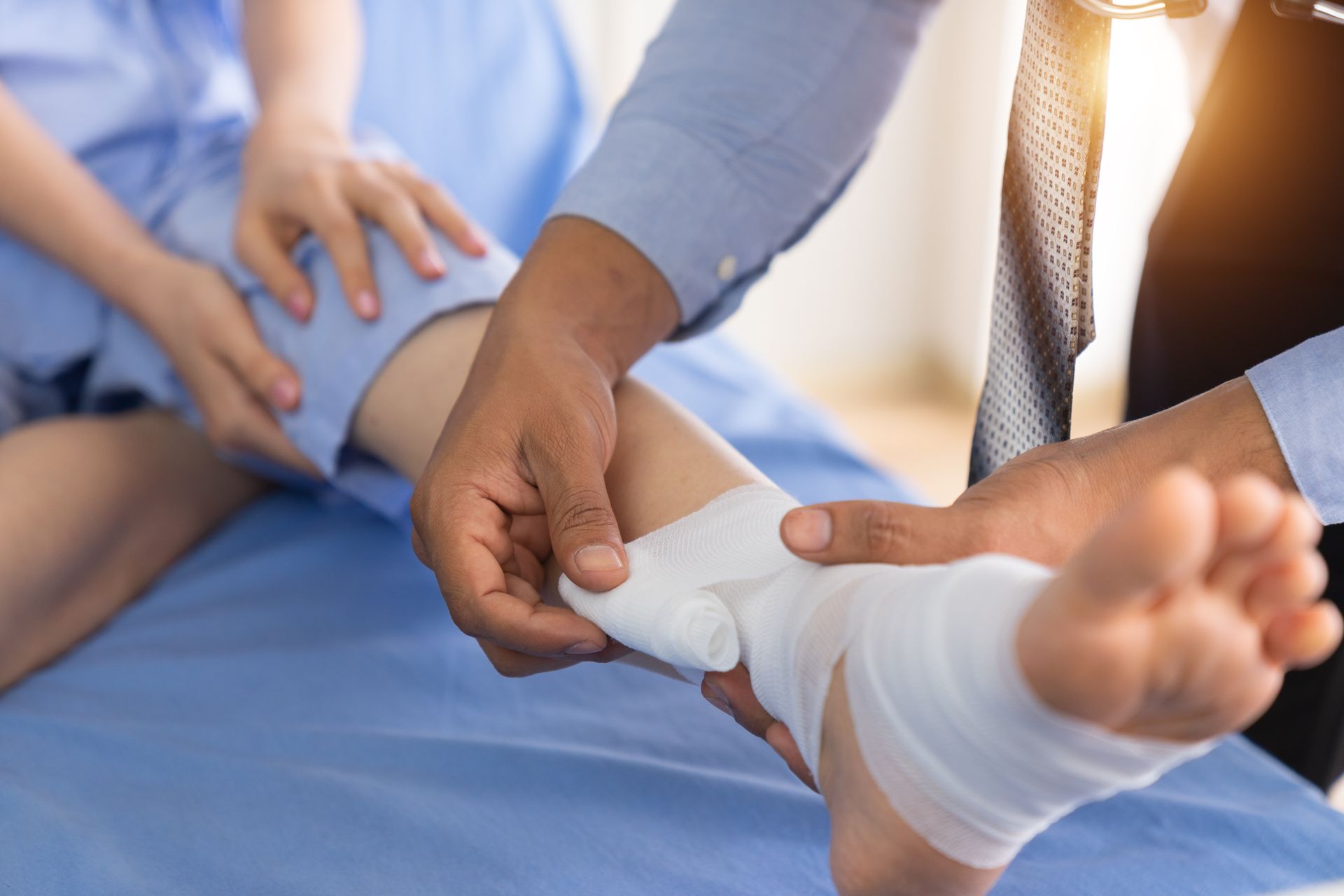Pressure Injuries & DVT
How to Spot and Prevent Them
When you lie in bed for a long time, you risk getting a pressure injury (sometimes called a bedsore or pressure ulcer) or deep vein thrombosis (DVT). These can lead to serious medical problems. Help prevent them with these steps.
Pressure Injuries
With a pressure injury, tissue gets damaged by lying on one area for too long. To lower your
risk of pressure injuries:
- Change position every two hours. Have your nurse help you switch between lying on your sides and back.
- Keep skin dry and clean. If you become wet or soiled, have your nurse clean your skin as soon as possible.
- Use pillows and foam. Prop up parts of your body and pad bony areas.
- Check your medical devices. Let your nurse know if casts, restraints, ID bands, or other devices are uncomfortable.
- Maintain a healthy diet. Ask about the nutrition and hydration you need while you’re in the hospital.
DVT (Deep Vein Thrombosis)
DVT happens when blood clots in a vein deep beneath your skin, usually in your leg or pelvis.
The clot could break loose and move to your lungs, causing a potentially life-threatening
condition called pulmonary embolism. To help prevent DVT:
- Have your nurse help you change position every two hours.
- Get up and walk if you can, or move your feet in circles to exercise your legs.
- Your doctor may prescribe compression stockings or a blood thinner medication.
Know the Signs
If you notice any of the following
symptoms, tell your nurse right away.
Signs of a pressure injury include:
- Change in skin color or texture
- Warm or cool areas on your skin
- Painful or tender spots
- Swelling on your skin
- A new wound that has puslike draining
Signs of DVT include:
- Sudden swelling of your leg or arm
- Soreness or cramps in your legs
- Change in skin color on your legs, arms, or neck
- Warm area on your skin

